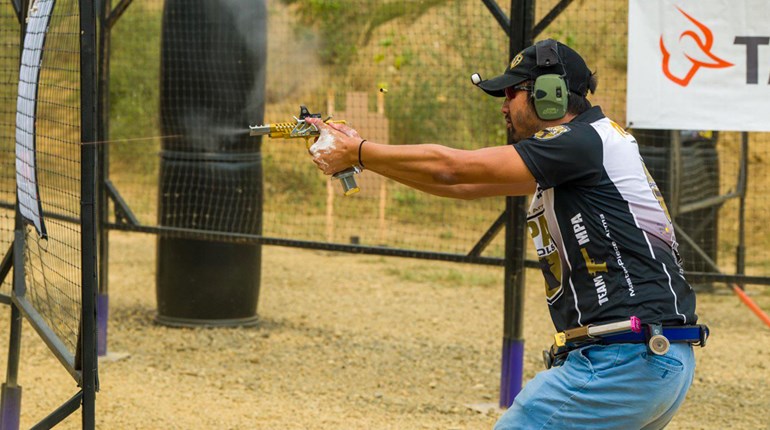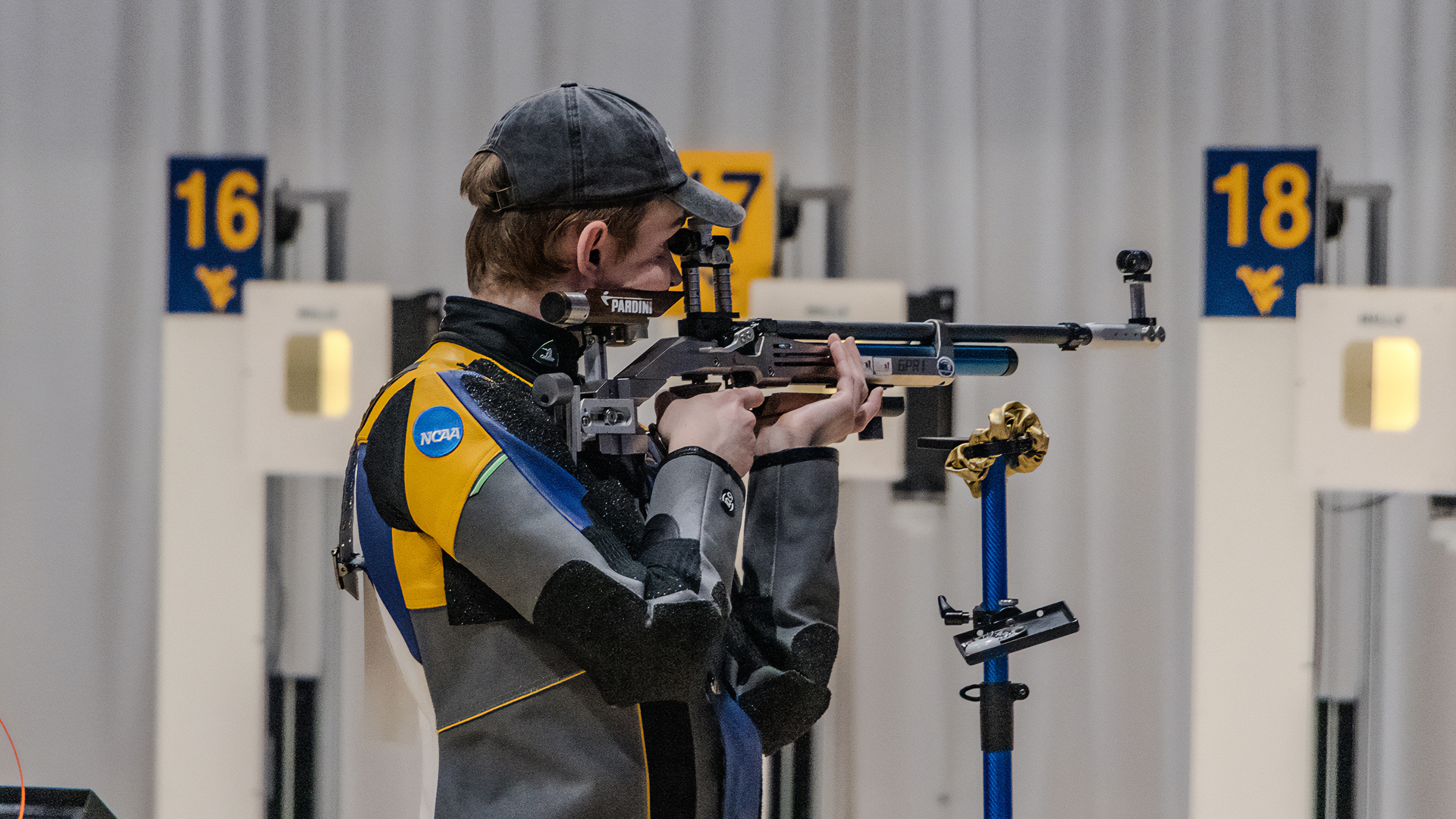
University of Akron senior Gavin Perkowski received an individual invitation to the NCAA Rifle Championship held this past March, along with being named to the USA Shooting National Development Team after the Winter Air Gun Games at Camp Perry. Learn what this talented air rifle and smallbore shooter keeps in his range bag.
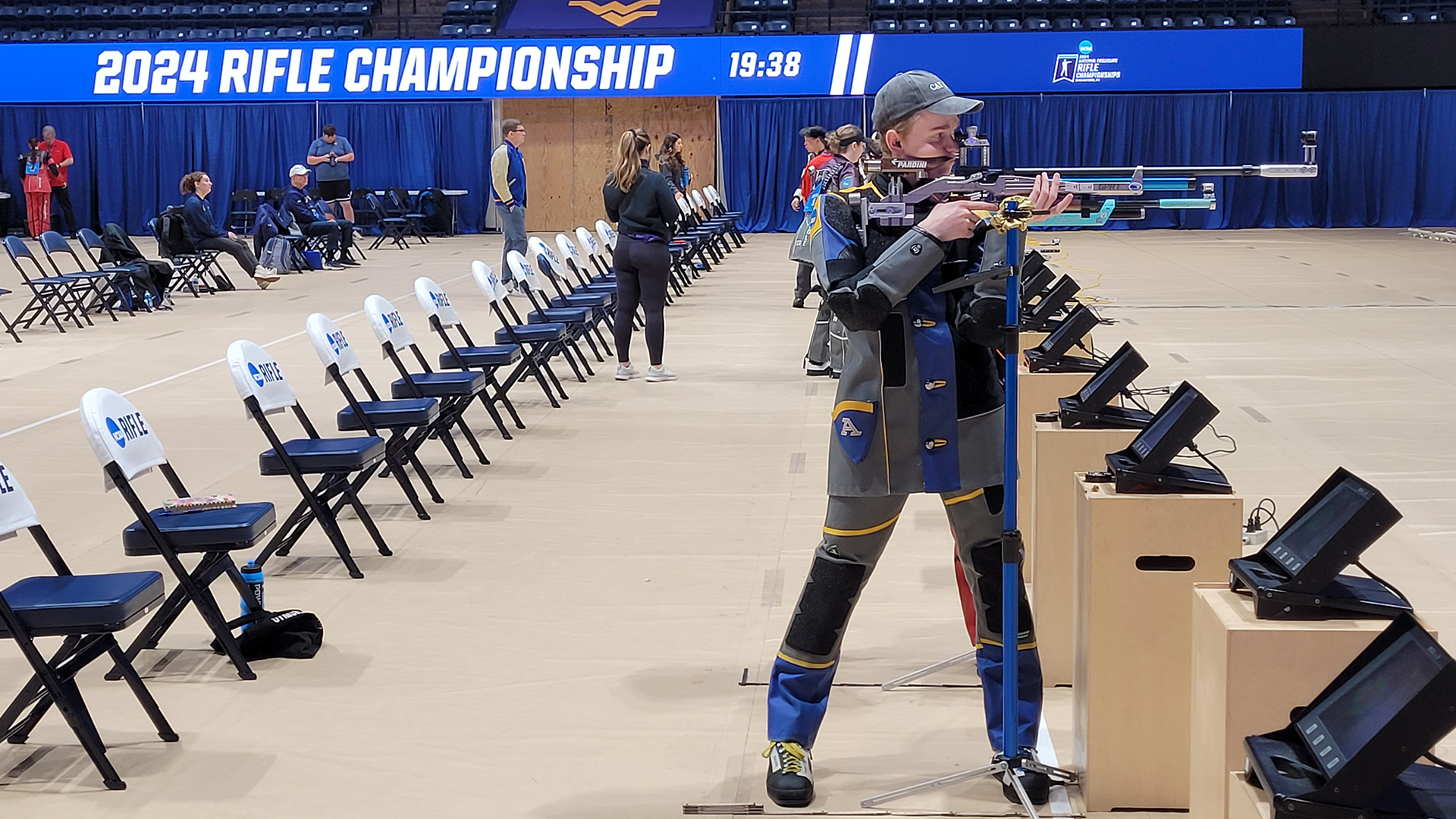
What are your first memories of handling a firearm?
My first memory of shooting was with my dad when I was around six years old. He introduced me to shooting with a Daisy BB gun and taught me how to use iron sights. I remember him demonstrating how to line up the sights with cardboard cutouts. I then spent a lot of time outside shooting tin cans. On my seventh birthday, after learning how to handle and operate a rifle safely, I received my first actual firearm, a Ruger 10/22.
Tell us how you began in competitive shooting.
I started competing when I was 10 after joining the Great Trail Musketeers Rifle Club. My grandfather and dad shot in a local high power rifle league, and I enjoyed tagging along. While there one evening, a man offered to put me in contact with the coach of a precision rifle team. I signed up, completed a safety course and started practicing. After about a year, I attended my first competition at Camp Perry, a three-position air rifle match.
What firearms and other gear do you use for competition?
I use two rifles while competing. My smallbore rifle is a Walther KK 500 (.22 Long Rifle). I use it to shoot three positions: kneeling, prone and offhand. Two years ago, I fitted my KK 500 with a Starik carbon-fiber barrel tuner, which gives me a larger sight radius. This allows the rifle to be tuned to shoot the smallest possible groups. After a few months, I saw an improvement in my hold. I have been incredibly happy with the results it has given me, and it looks great on my gun.
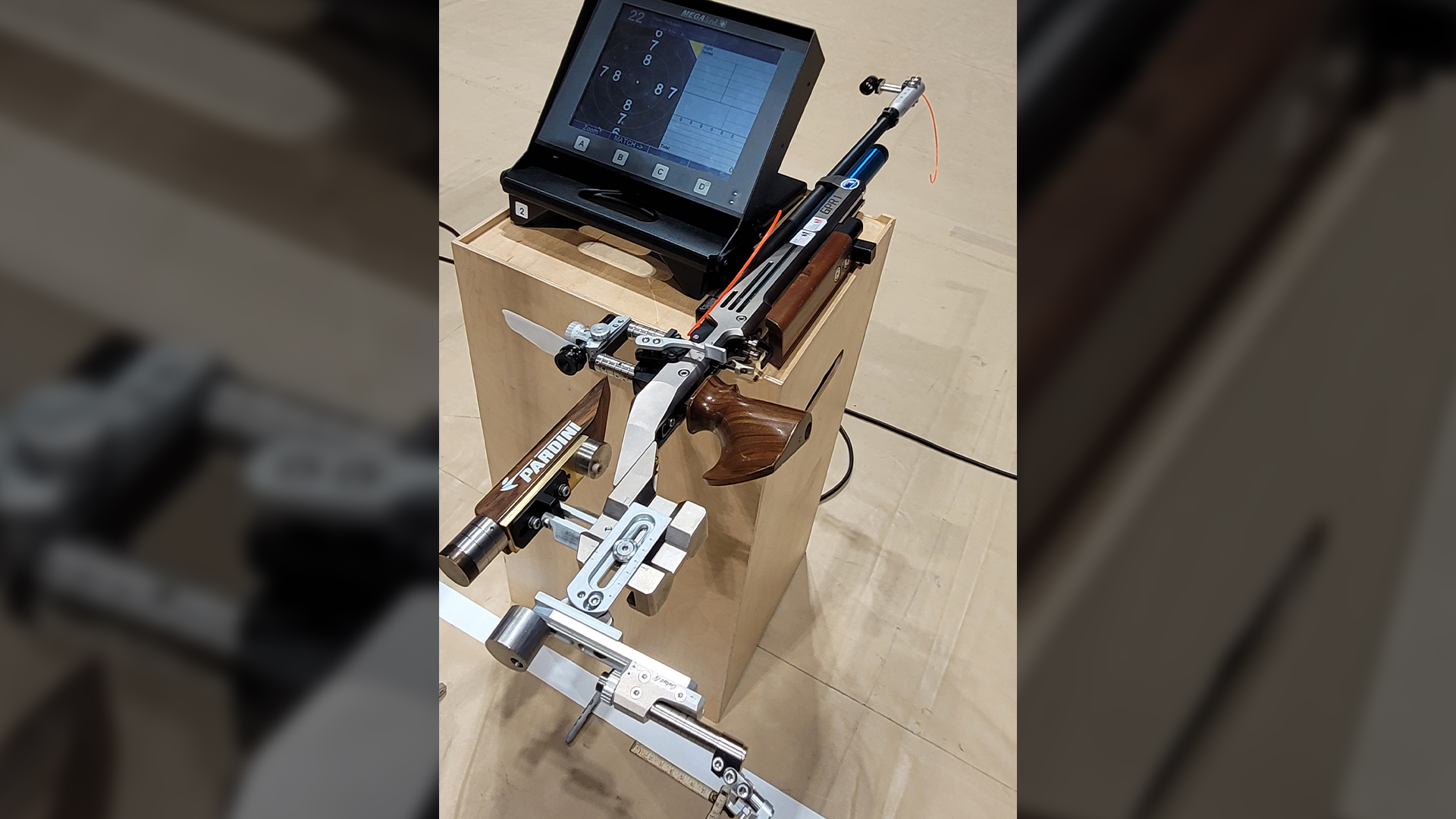
For air rifle, I shoot a Pardini GPR 1. The air rifle portion of the competition is shot in the standing position. I have several custom-made weights that attach to the rifle that have allowed me to adjust the balance point.
Tell us about your range bag and what you carry in it besides your firearms.
For my range bag, I use a grey and blue Ogio bag. The best part about Ogio bags is that I cannot destroy them. I have had my current bag for eight years, and it is still in almost perfect condition. It has survived many trips on planes, under buses, in trailers and up and down stairs. In my experience, Ogio bags are durable and long-lasting.
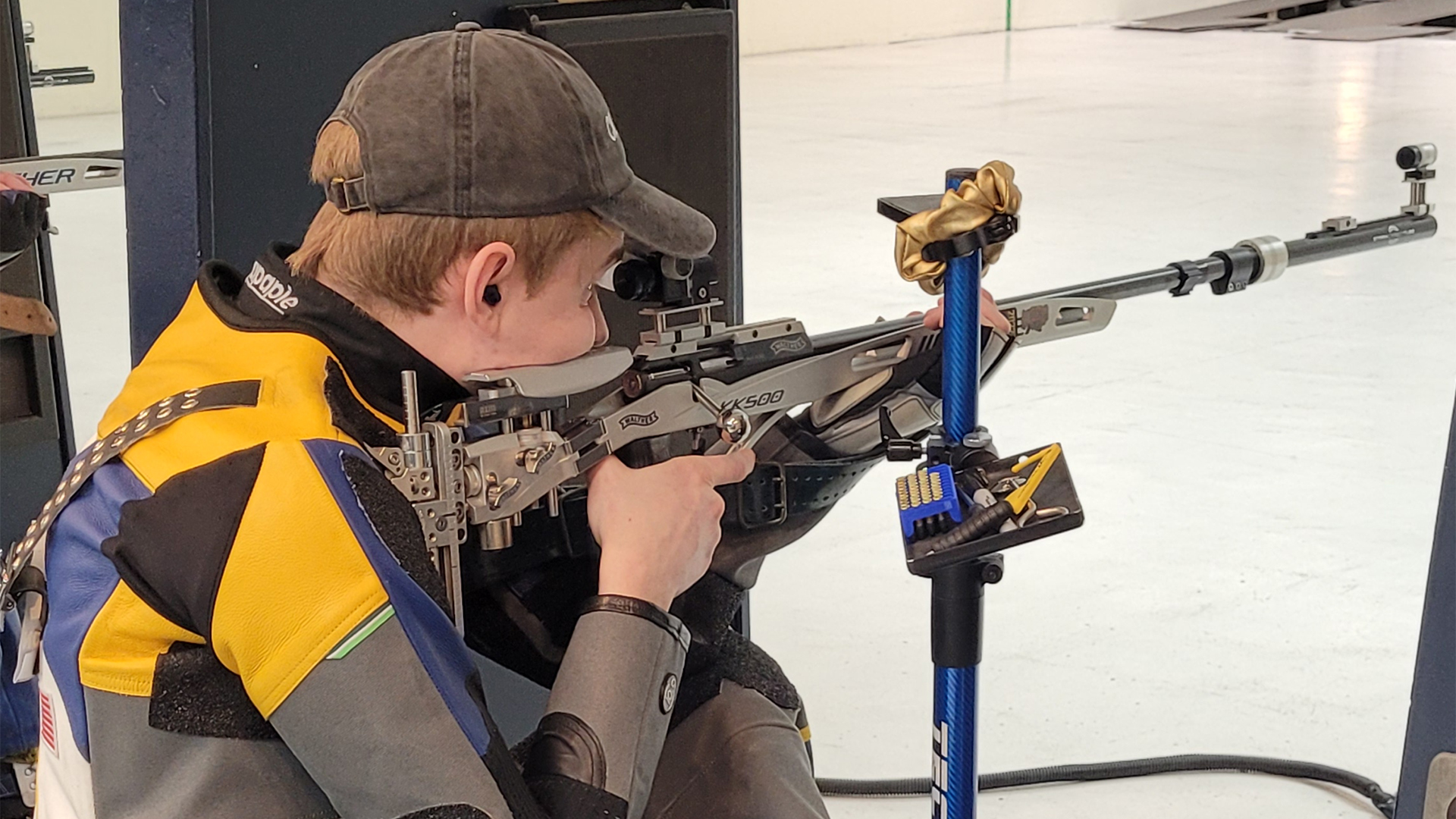
My Ogio bag is stuffed with all the equipment I need to compete. This includes a MEC Achilles X kneeling roll and pad, Sauer shooting boots, a shooting glove for sling positions, a TEC-HRO offhand stand and an ammo box with Lapua Center-X match loads. I also keep two Pelican boxes in my bag that I use to protect my sights and buttplates.
What do you do in your free time?
I do not have a great deal of free time since I am a full-time Biomedical Engineering student, but when I do get a moment out of class and off the range, I enjoy cooking. I recently got a flat top grill, which has become quite an obsession. When the weather is nice, I enjoy hiking with my cats, girlfriend and friends or camping with my dad and brother.
What would you tell someone interested in finding out more about your sport?
Go to a match, find out what it is all about and ask questions. Many shooters and coaches will be willing to tell you about the sport and how you can get involved.
Any tips for new shooters?
Ask experienced shooters and coaches a lot of questions. They have heard almost every question, so do not be embarrassed to ask. Keep an open mind and be willing to try different positions and processes. Don’t give up on something new just because you do not see immediate improvement. Remember that what worked yesterday may not work today, but it is important to give it time to work. You will have ups and downs in your career, but it is essential to keep going because it will get better.















